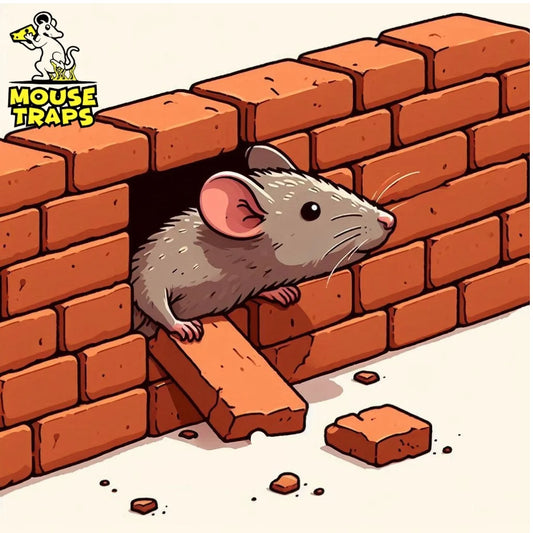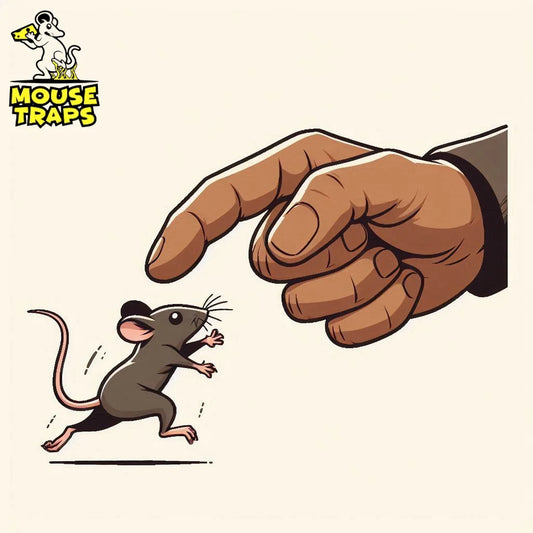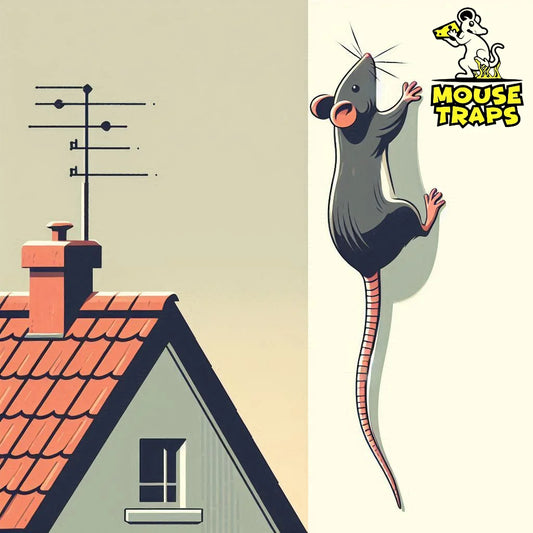Introduction:
The ongoing quest, for compassionate approaches to combat household pests remains at the forefront of our efforts. Among the arsenal of options available to homeowners are ultrasonic repellents, devices touted for their ability to deter rodents like rats using high-frequency sound waves. However, like any pest control method, ultrasonic repellents come with their own set of advantages and disadvantages.
The Benefits of Ultrasonic Repellents:
1. Non-Toxic Solution:
One of the primary advantages of ultrasonic repellents is their non-toxic nature. Unlike traditional rodenticides, which often contain harmful chemicals, ultrasonic devices emit sound waves that pose no direct risk to human health or the environment. This makes them a better choice, for households that have children and pets easing worries, about poisoning.
2. Environmentally Friendly:
In addition to being non-toxic, ultrasonic repellents are considered environmentally friendly alternatives for pest control. By eschewing the use of chemical substances, these devices avoid introducing harmful pollutants into the ecosystem, aligning with the growing trend towards sustainable and eco-conscious practices.
3. Low Maintenance:
Once installed, ultrasonic repellents generally require minimal maintenance. Unlike traps or baits that need to be regularly checked, refilled, or replaced, these devices can operate for extended periods with little intervention. This convenience factor appeals to homeowners seeking a hassle-free solution to their rodent woes.
4. Non-Intrusive Operation:
Ultrasonic repellents operate silently and emit sound waves that are typically imperceptible to humans. This non-intrusive nature means they can be deployed without disrupting daily activities or emitting unpleasant odors, as is often the case with certain chemical-based pest control methods. Thus, they offer a discreet and unobtrusive means of addressing rodent infestations.
The Drawbacks of Ultrasonic Repellents:
Tired of sharing your home with unwanted furry guests? Ultrasonic repellents promise to send those pesky rats packing with high-pitched sound waves. But before you go blasting your house with sonic booms, let's get real about their limitations.
1. Not-So-Super Repellers:
Imagine buying a superweapon that turns out to be a glorified peashooter. That's kind of the deal with ultrasonic repellents. Some rats might get spooked at first, but they're clever critters. They quickly learn to ignore the annoying noise, rendering the repeller useless. So, it's a temporary fix at best, not a magical solution.
2. Sound Doesn't Travel Like You Think:
Picture sound waves bouncing around your house like ping pong balls, driving out every rat in sight. Unfortunately, reality is less "Pac-Man" and more "obstacle course." Furniture, walls, and even those cozy piles of laundry block the sound, leaving large areas and corners effectively rat-tastic. So, unless you live in a minimalist's dream home, coverage might be spotty.
3. Pricey Promises:
Ultrasonic repellents can hit your wallet harder than a rat hits your pantry. Compared to traps or baits, the upfront cost is significant. And since their effectiveness is questionable, it's a gamble. Imagine spending a small fortune on a fancy gadget that ends up collecting dust (or worse, becoming a chew toy for the very rats you're trying to deter!).
4. Science Says "Maybe":
People swear by these things, but where's the hard evidence? The science on ultrasonic repellents is shaky at best. There's a lack of clear, large-scale studies proving they actually work in real homes, not just controlled lab settings. So, you're basically left guessing if they'll make a difference.
5. Are We Being Mean to the Mice?:
Let's talk ethics. We don't want to torture tiny creatures, right? While ultrasonic repellents aren't harmful in the traditional sense, they might make the rats anxious or uncomfortable. Plus, we don't fully understand the long-term effects on their behavior and well-being. So, it's important to consider the potential impact on these little lives before going sonic.
Best Approach to Get Rid of Rats:
Live Humane Trap:
Details: A live humane trap is designed to capture rodents without harming them. These traps typically consist of a cage or box with a trigger mechanism that closes the door once the rat enters.
Click Here To Buy Live Traps

Benefits:
- Humane: Live traps allow you to capture rats without causing them harm, enabling you to release them back into the wild away from your home.
- Reusable: Many live traps are reusable, making them a cost-effective and environmentally friendly option.
- Safe: Since live traps don't use poison or glue, they pose no risk to children, pets, or other non-target animals.
- Effective: When used correctly, live traps can be an effective way to remove rats from your home.
Sticky Glue Trap:
Details: Sticky glue traps are flat surfaces coated with a strong adhesive. When a rat steps onto the trap, it becomes stuck and unable to escape.
Click Here To Buy Sticky Pad Traps

Benefits:
- Easy to Use: Glue traps are simple to set up and require no bait or additional equipment.
- Cost-Effective: Glue traps are often inexpensive and readily available at hardware stores and supermarkets.
- No Chemicals: Unlike poison traps, glue traps do not use toxic chemicals, reducing the risk of accidental poisoning.
- Visibility: Glue traps allow you to easily see when a rat has been caught, enabling prompt removal.
Conclusion:
In conclusion, ultrasonic repellents offer a promising yet contentious approach to rat control. While their non-toxic, environmentally friendly, and low-maintenance attributes are commendable, their limited effectiveness, coverage challenges, and high initial cost warrant careful consideration. Moreover, the lack of scientific consensus and ethical concerns surrounding their use underscore the need for a nuanced and integrated approach to pest management. As such, homeowners should weigh the pros and cons of ultrasonic repellents in conjunction with other control methods to devise a comprehensive strategy for addressing rodent infestations effectively and ethically.




